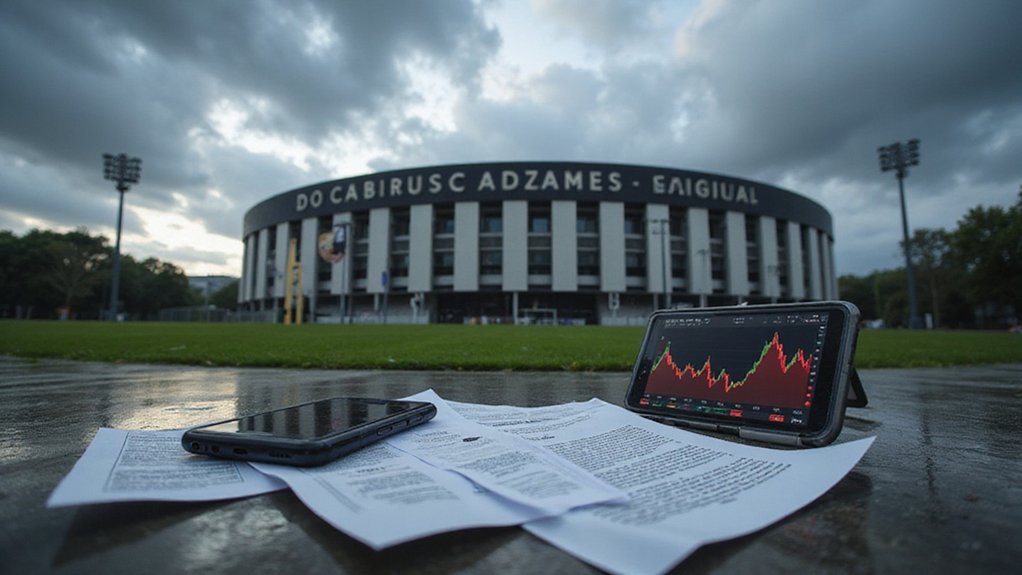GF Securities (Hong Kong) has launched what it claims to be the first daily-interest-accruing, daily-redeemable tokenized securities backed by multiple fiat currencies, including the offshore yuan—a development that manages to be both genuinely innovative and predictably incremental in the peculiar way that modern financial engineering tends to unfold.
The “GF Token” offering represents something of a compromise formation between traditional finance‘s stability fetish and blockchain‘s promise of programmable money. By backing tokens with established currencies—USD, HKD, and offshore yuan (CNH)—the product attempts to sidestep cryptocurrency’s notorious volatility while capturing blockchain’s alleged efficiencies in transparency and settlement speed.
A calculated hedge between fiat security and blockchain innovation, sidestepping volatility while chasing distributed ledger efficiencies.
This initiative emerges from Hong Kong’s increasingly assertive campaign to position itself as a digital finance hub, complete with regulatory blessing from the China Securities Regulatory Commission. The partnership with HashKey Chain for blockchain infrastructure suggests local authorities have moved beyond mere tolerance toward active cultivation of tokenized assets, provided they remain sufficiently tethered to conventional monetary systems. The collaboration reflects Hong Kong’s commitment to Policy Statement 2.0, which outlines the government’s comprehensive vision for digital asset development.
The financial mechanics reveal careful attention to institutional comfort zones. USD-backed tokens benchmark against the Secured Overnight Financing Rate (SOFR), while the daily redemption feature addresses liquidity concerns that typically plague tokenized products.
The quasi-monetary structure supporting offshore yuan internationalization adds geopolitical dimension to what might otherwise appear as routine financial innovation.
Targeting high-net-worth individuals and institutional professional investors, GF Securities has positioned this offering as stable yield generation rather than speculative play—a distinction that may prove more marketing convenience than fundamental reality as adoption scales. The emphasis on real-world asset (RWA) tokenization ecosystem development suggests broader ambitions beyond this initial product launch. The platform enables investors to switch between different tokenized securities, providing portfolio flexibility within the digital asset framework.
The strategic significance extends beyond Hong Kong’s capital markets evolution. This represents institutional finance’s measured embrace of distributed ledger technology, moving cautiously from experimental cryptocurrency exposure toward regulated digital instruments that maintain familiar reference points. Unlike traditional stablecoins that face evolving regulatory frameworks in jurisdictions like the United States, these tokenized securities operate within existing securities regulations.
Whether this hybrid approach—blockchain efficiency married to fiat currency stability—proves sustainable or merely represents an interim technology remains an open question, though GF Securities’ first-mover positioning suggests confidence in the convergence thesis underlying modern tokenization efforts.








